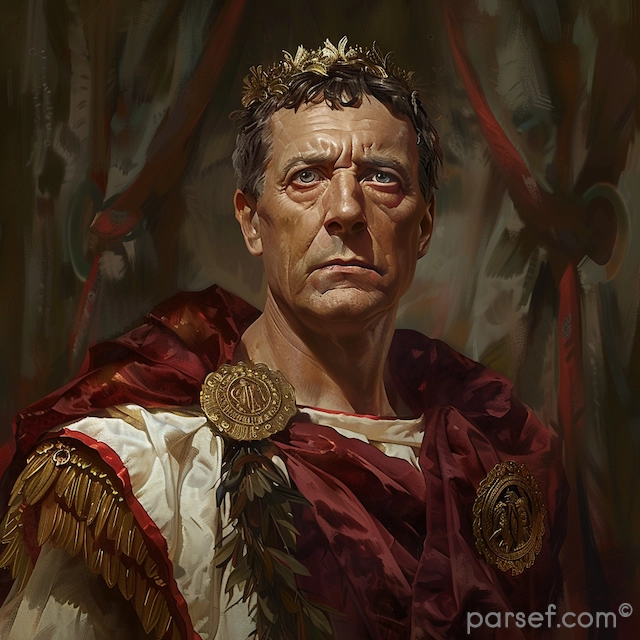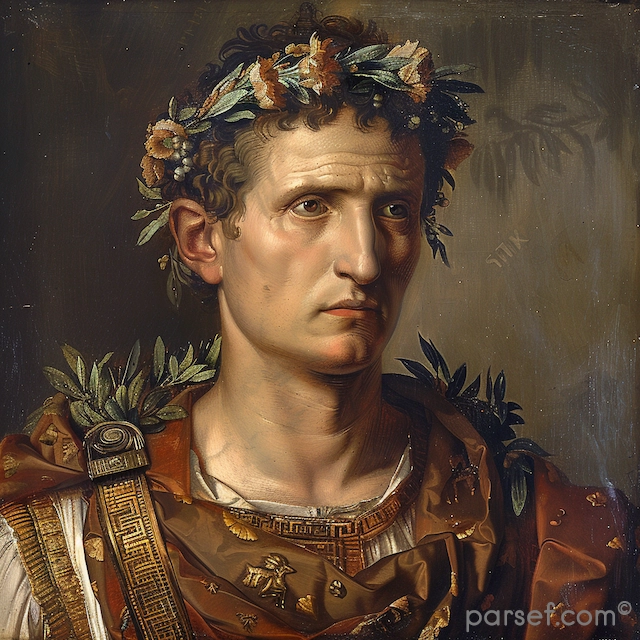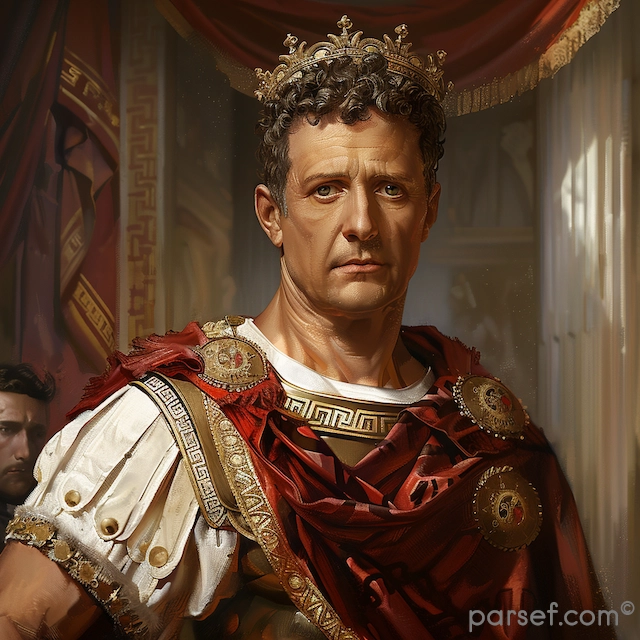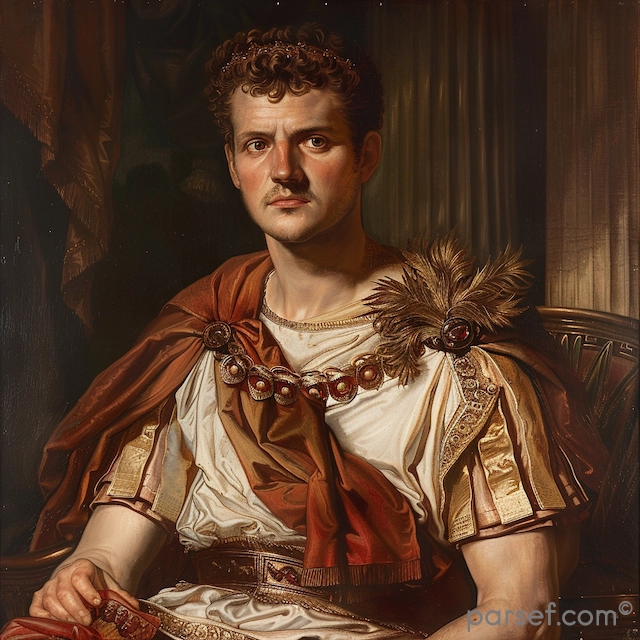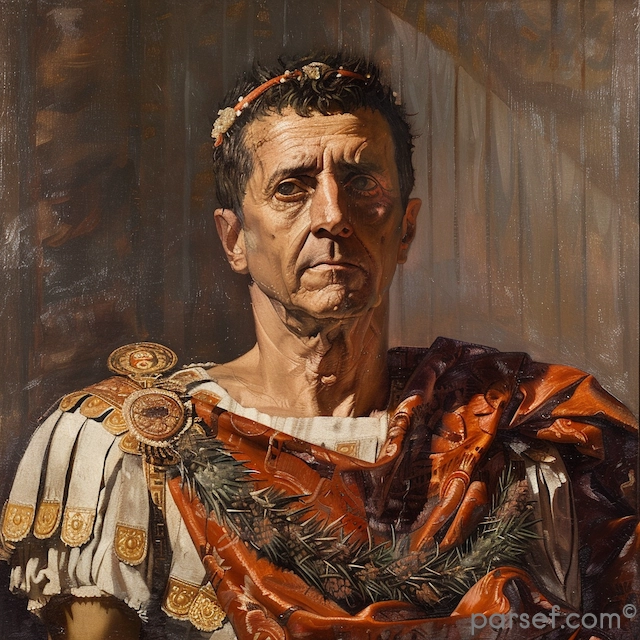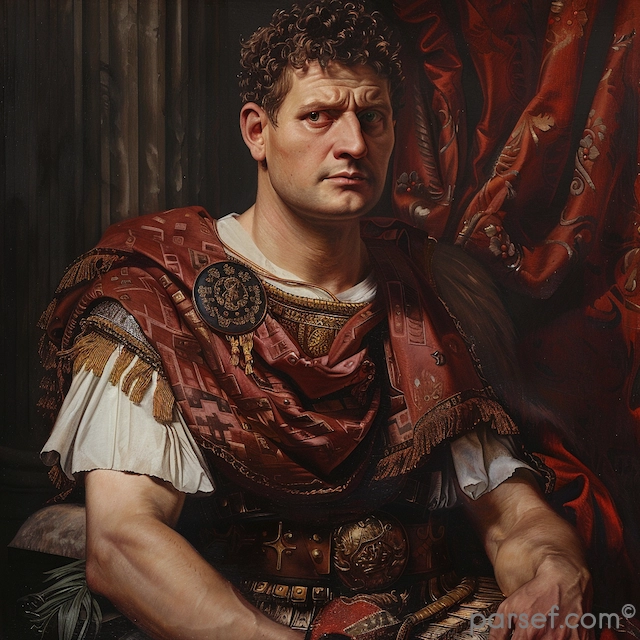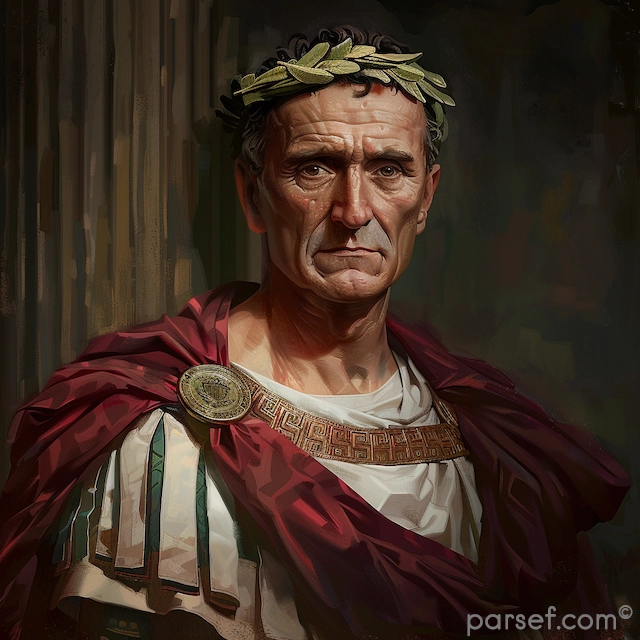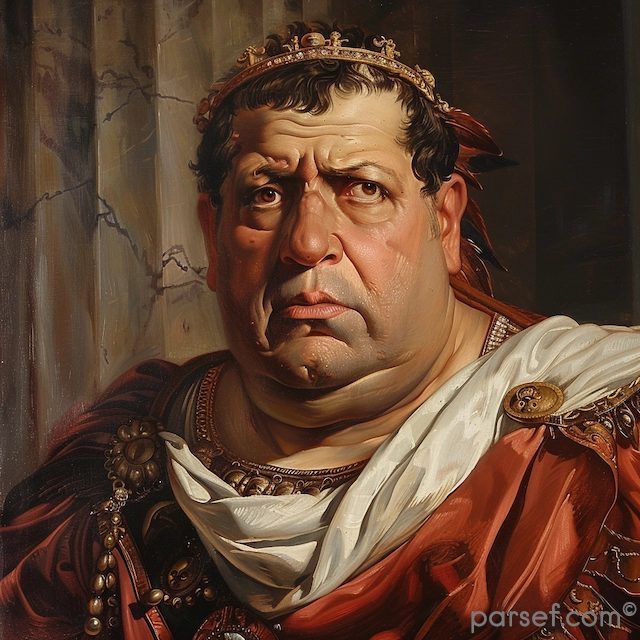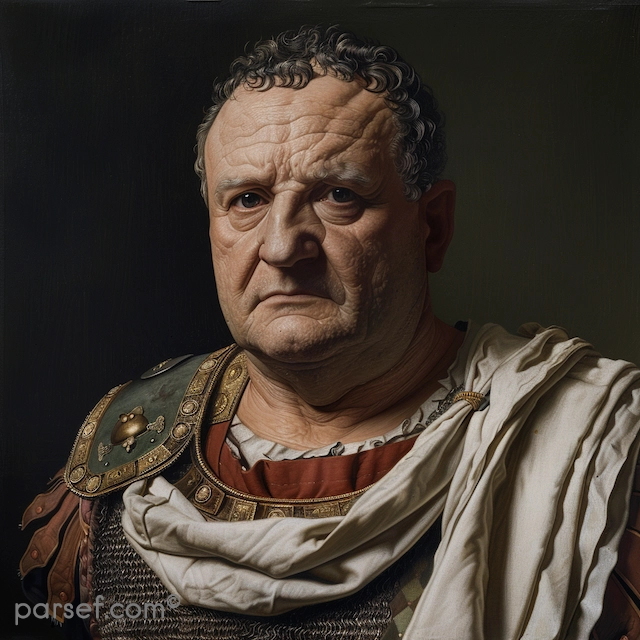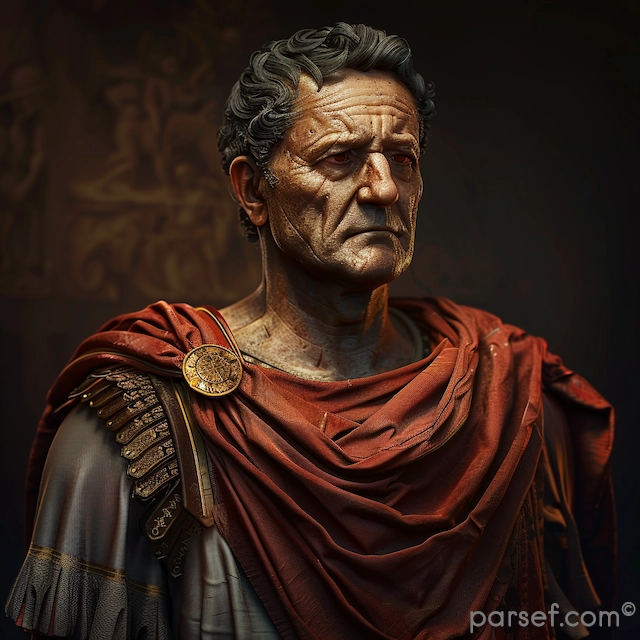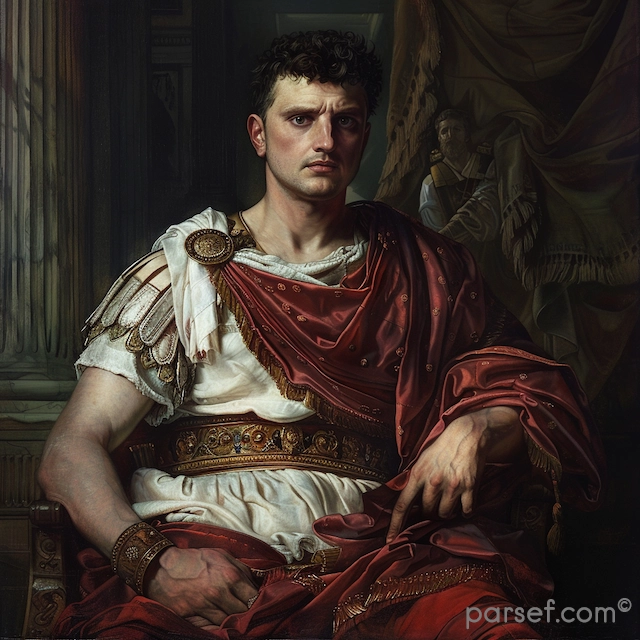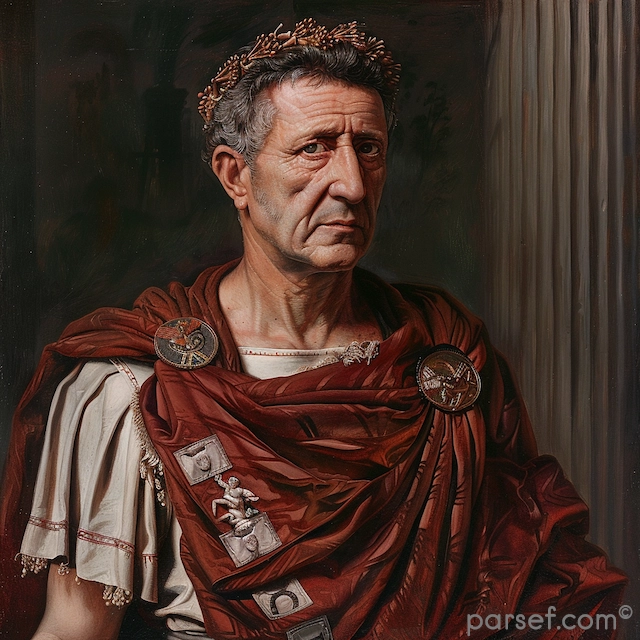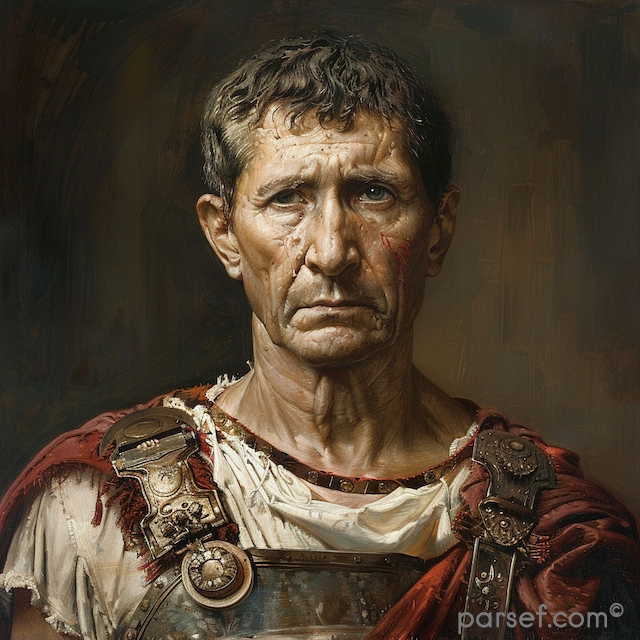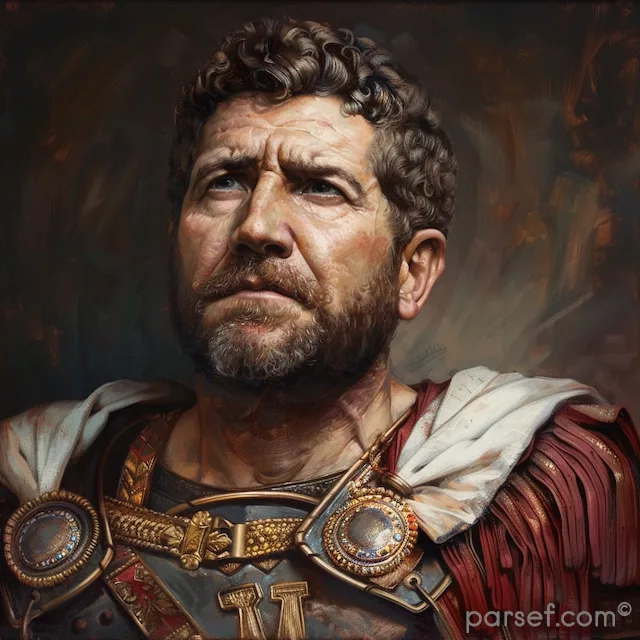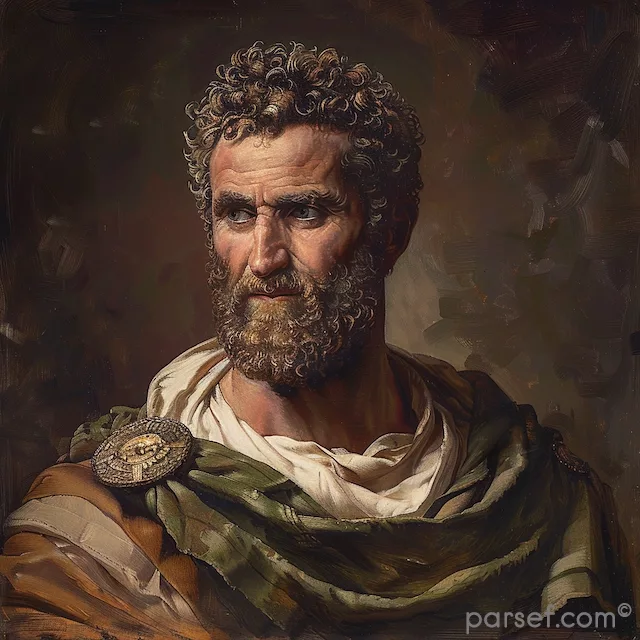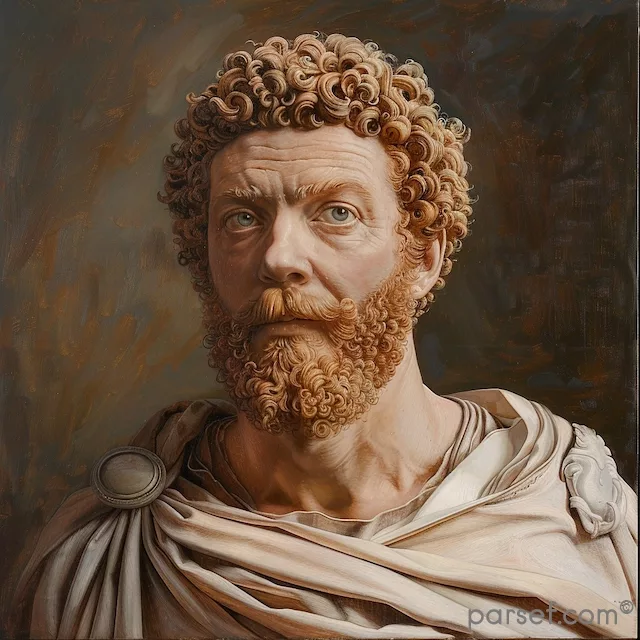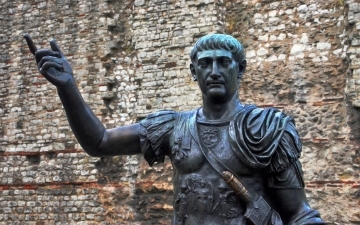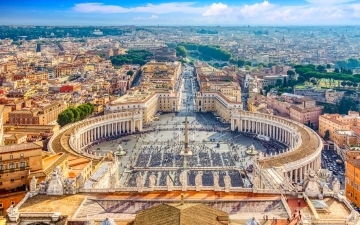Roman Festivals and Public Holidays
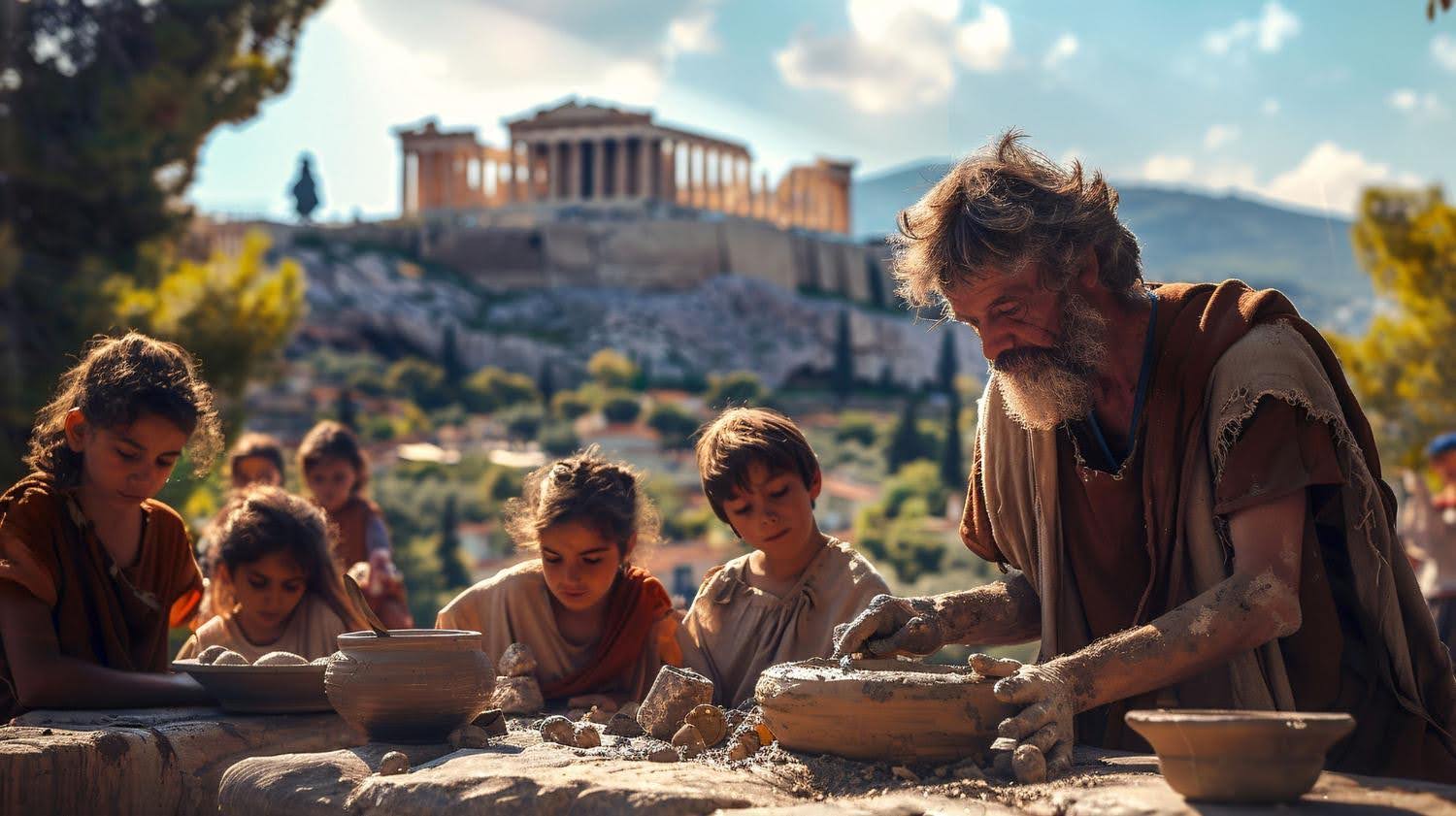
In ancient Rome, festivals and holidays were important days for the people to come together and perform religious rituals. Since the Roman calendar didn’t have weekends, these feriae (holidays) would provide days of rest from people’s regular routine.
There were three kinds of Roman holidays:
- Conceptivae: These annual holidays had no marked or fixed dates. Instead, religious leaders determined the dates every year.
- Imperativae: Political or religious leaders, like priests, could call for special holidays during specific events.
- Stativae: These were annual festivals celebrated on marked dates every year, such as Saturnalia and Lupercalia.
Since conceptivae and imperativae holidays could change from year to year, this article will focus on the four main stativae holidays. Then, we’ll take a look at the activities that the people engaged in while celebrating festivals in ancient Rome.
Four Main Roman Festivals and Holidays
Liberalia
In ancient Rome, the god of freedom, male fertility, and wine was named Liber, or Liber Pater. On March 17, the Romans celebrated Liberalia in honor of the god and his consort, Libera. During this festival, the people would offer sacrifices, hang masks on trees, recite songs, and march on the street.
But Liberalia was more than a holiday; it marked the day when young boys became men. Boys about 15 to 16 years old would remove their amulet, called bulla praetexta, and place it on an altar, tied with their hair. The bulla was offered to Lares, the deity of family and household.
Saturnalia
Saturnalia was celebrated for an entire week from December 17 to December 23 every year. Initially, under the Julian Calendar, Saturnalia was celebrated only on December 17, but it was later extended.
This holiday honored the god of agriculture, called Saturn. It was quite similar to the Christian holiday, Christmas, since it also involved:
- Decorating the houses and streets
- Lighting candles
- Giving gifts to loved ones
- Singing and enjoying wine and food
While many believe that Christmas might have originated or been inspired by Saturnalia, there’s no real evidence to support this.
During the Saturnalia festival, the Romans would also offer sacrifices at the Temple of Saturn, enjoy a public banquet, and shout “Io, Saturnalia!” On one of the festival days, household masters would exchange roles with their workers. The enslaved people would also be allowed to march on the streets and even engage in gambling with dice.
Ludi Romani
The “games of the Romans,” or Ludi Romani, was a festival conducted annually from September 4 to September 19 in ancient Rome. The festival included various games, such as athletic competitions, chariot races, and animal hunts. Later, Ludi included gladiatorial combat and theatrical performances.
Besides the entertainment value, the people played these games to honor Jupiter, the chief Roman deity and the god of the sky. The games initially lasted one day, but more days were added with the Augustan era calendar.
Lupercalia
Lupercalia was conducted yearly on February 15. It was aimed at purifying the city while promoting fertility and health.
On this day, the high priest would sacrifice a male goat and a dog at the Lupercal Cave. The sacrifice reflected ancient Romans’ belief that Romulus and Remus — the founders of Rome — were suckled by a she-wolf at Lupercal.
After the sacrifice, the high priest would touch the foreheads of the two Luperci (other priests involved in the celebration) with the blood on the sacrificial knife. After this, they were to laugh loudly and run around the city, striking people with a thong made from the goat’s skin. The whipping was believed to make the struck women fertile.
Roman Festival Activities
The Roman festivals were marked with processions, sacrifices, games, and feasts. People would dress in fine clothes and march on the streets, going to the temple and back. During the procession, they would leave offerings and chant songs to seek favor from the gods.
Priests and the citizens would also make animal sacrifices to show respect and devotion to the gods. The sacrifices were meant to please the deities while asking them to hear and answer various pleas.
Besides the processions and sacrifices, the people would indulge in games (ludi) and competitions for entertainment. These included horse races, combat, and even light-hearted gambling with dice and board games. Though the gambling wasn’t as organized as what you’d see nowadays on the Vegas Strip or even at live dealer casinos in the UK, the social and gambling spirit was similar.
After the religious activities, games, and entertainment, the people would wind up the festivals with feasts, music, and live performances. They gathered around to enjoy festive foods and libations.
The Importance of Ancient Roman Holidays
Foster Unity Within the Community
These festivals and holidays brought people together, uniting them around religious and cultural practices. Feasting, processions, singing together, and giving gifts strengthened the sense of belonging and community. The social gatherings, like public banquets, provided opportunities for Romans to socialize.
Relaxation and Entertainment
Since there were no weekends in ancient Rome, the holidays offered a time of rest and relaxation. People would also enjoy music, food, and wine. The games, performances, and competitions entertained the masses. Others engaged in light gambling activities to pass the time and hopefully make some profits.
Honoring the Gods
Crucially, these festivals honored the ancient Roman gods, and people believed that the practice would keep them safe from evil spirits and calamities. They ensured that the Romans respected and maintained their relationships with Lares (household spirits) and the gods.
Related Posts
Matthew Henry’s Concise Commentary: A Timeless Guide to Biblical Understanding
Matthew Henry’s Concise Commentary on the Whole Bible is one of the most enduring and widely used resources for Bible study. Known for its clarity, depth, and spiritual insight, this commentary distills the essence of Matthew Henry’s original six-volume work into a shorter, more accessible format. It has been cherished...
Read MoreTrajan: Expanding the Roman Empire to Its Zenith
The Roman Empire, at its zenith, was a sprawling realm that stretched from Britannia in the north to Egypt in the south, and from Hispania in the west to Mesopotamia in the east. Among the emperors who played a pivotal role in this expansion and solidified Rome's dominance was Trajan....
Read MorePertinax: The Brief Respite in Rome’s Chaotic Succession Crisis
The latter part of the 2nd century AD was a period of profound instability for the Roman Empire. The capricious and tyrannical reign of Commodus had left the empire in a state of disarray. His assassination in 192 CE ushered in a chaotic period often referred to as the Year...
Read MoreDigital Assets and the Holy See: How the Vatican is Adopting Blockchain & Crypto Technology and NFTs
Introduction The Vatican has started experimenting with blockchains and non-fungible tokens (NFTs) technology integration around the world to engage new audiences and culturally patrimonial preservation of Ancient Greece and Rome. This initiative, which began with the Vatican Apostolic Library and NTT DATA Italia, is one of the first on Web3 attempts...
Read MoreThe Evolution of Customer Expectations In A Digital-First World
Introduction: When Everything Changed for Travelers Think back to your last vacation ten years ago. Going off-grid was actually part of the appeal, wasn't it? Fast forward to today, and that mindset seems downright prehistoric. Modern travelers want their phones working before the plane wheels touch down, and they're definitely not...
Read MoreLiving Smarter in 2025: A Holistic Guide to Thriving in the Modern World
As we advance further into the digital age, life in 2025 is defined by a seamless fusion of technology, tradition, and personal growth. From AI-powered finance to deeply rooted spiritual customs, from smart home living to innovative educational tools, people today are reimagining how to live, work, worship, and grow. This...
Read More